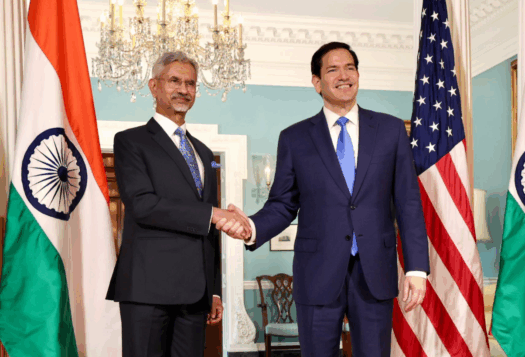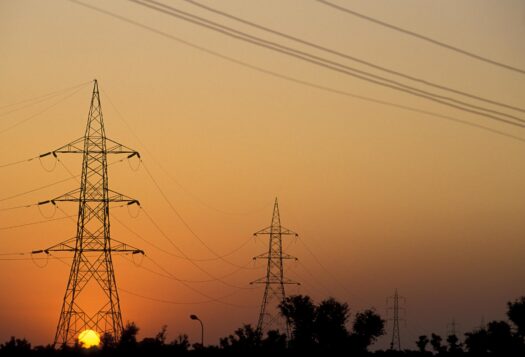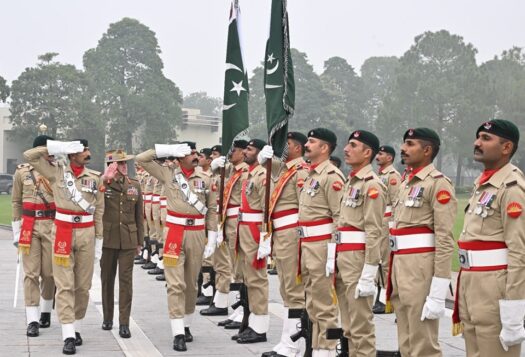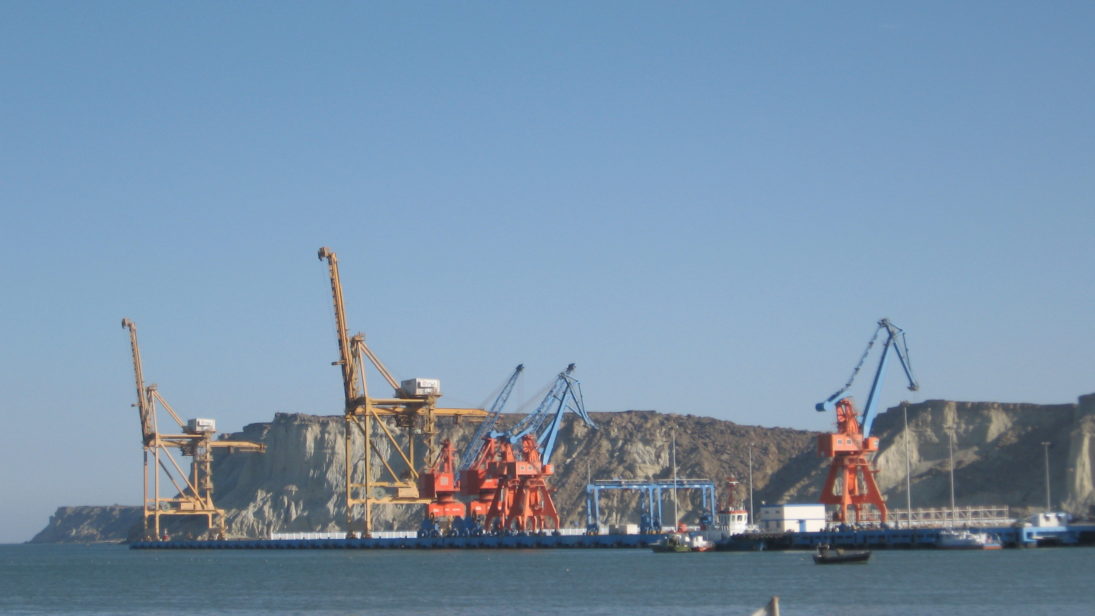
The China-Pakistan Economic Corridor (CPEC), a priority for both Pakistan and China, has hit hurdles at each phase. China has now and again assured Pakistan of its support for this infrastructure and development project but several CPEC initiatives have been delayed while others are facing fresh trouble. Though shared interests drive CPEC, financial confusion and concerns about delays are slowly changing the narrative into a purely cost-benefit analysis for both countries – more daunting for Pakistan because of its mounting debt crisis, making it increasingly dependent on loans from China. While reports suggest that Pakistan and China are carefully assessing the debt issues related to CPEC, it would behoove Pakistan’s incoming government to learn from the Sri Lankan experience and be wary of opaque deals.
How CPEC is Financed
Though shared interests drive CPEC, financial confusion and concerns about delays are slowly changing the narrative into a purely cost-benefit analysis for both countries – more daunting for Pakistan because of its mounting debt crisis.
Neither country has publicized their financial mechanisms for funding CPEC projects, leaving much room for speculation. The general belief in Pakistan is that CPEC is a gift from China, making Pakistan only a beneficiary, with no financial responsibilities to shoulder. However, the available details, though blurry, suggest that the Pakistani government is expected to share the burden of CPEC financing in the long term. Additionally, most CPEC projects are funded by Chinese concessional loans, given mainly by China EXIM Bank and China Development Bank. These loans come with interest and for certain projects, Pakistan may have to repay China over extended periods of time, which will likely further Pakistan’s accumulating debt. Recent developments suggest that the financial uncertainties of the USD $62-billion CPEC may have left major dents in both China and Pakistan’s ability to make the corridor a success story.
Growing Discrepancies in Chinese Assistance
The foremost concern is the lack of transparency and accountability of CPEC projects, particularly with regard to Chinese financial assistance. Analysts worry that benefits might be skewed in China’s favor, with Pakistan making several concessions for CPEC to become reality. Concessions already made include Pakistan importing heavy machinery and equipment from China and providing tax exemptions to Chinese companies, which violate procurement rules and shuts out local manufacturing, giving China a strong grip on these projects at all levels. Chinese companies also bring labor from their country, which has affected the job prospects for Pakistani youth. In this way, Pakistan’s reliance on China is increasing, adding to its financial woes, and raises questions about its overall gains from CPEC.
Pakistan began close scrutiny of CPEC projects following the realization that in return for Chinese concessional loans, it may have to give up ownership of its strategic assets. Most recently, Pakistan withdrew its bid for the Diamer-Bhasha Dam to be included in CPEC following Chinese conditions seeking ownership of the project. Another issue being raised is the increasing cost of the projects and higher estimates given by China. For instance, Pakistan Railways’ Mainline-I project, for which China was supposed to cover 85 percent of the cost with Pakistan paying the rest, was delayed after it failed to get approval from Pakistani authorities. This was attributed to the USD $4 billion project cost for phase one, which was USD $627 million higher than Pakistan’s estimates.
The foremost concern is the lack of transparency and accountability of CPEC projects, particularly with regard to Chinese financial assistance. Analysts worry that benefits might be skewed in China’s favor, with Pakistan making several concessions for CPEC to become reality.
Several of CPEC’s infrastructure projects are currently on hold; for instance, a number of early harvest programs dedicated to highway infrastructure development have come to a standstill while Pakistan’s National Highway Authority (NHA) grapples with a serious financial crisis. This issue became public after a check worth approximately USD $4 million issued by the Pakistani government bounced, resulting in contractors having to stop work on several projects. The NHA has maintained that the bounced check issue will be resolved soon and that these projects are likely to be completed by the intended date, December 2018. However, this has raised serious doubts about the speedy completion of CPEC projects and added to worries about escalating costs due to delays.
Furthermore, Chinese focus remains overwhelmingly on CPEC projects in the eastern provinces, with Pakistan receiving 90 percent of its total 2017-18 funding mainly for three projects–the Sukkur-Multan Motorway (USD $904 million), Thakot-Havelian Motorway (USD $318.2 million), and the Orange Line Metro project (USD $359 million). Meanwhile, infrastructure projects in the western provinces are overlooked, including Hakla-Dera Ismail Khan, Basima-Khuzdar, and the Karachi-Lahore Motorway. Not only can these delays lead to a rise in project costs that burden Pakistan’s economy with additional debts but they may also exacerbate the existing perception that CPEC will benefit only certain parts of the country, flaming ethnic tensions.
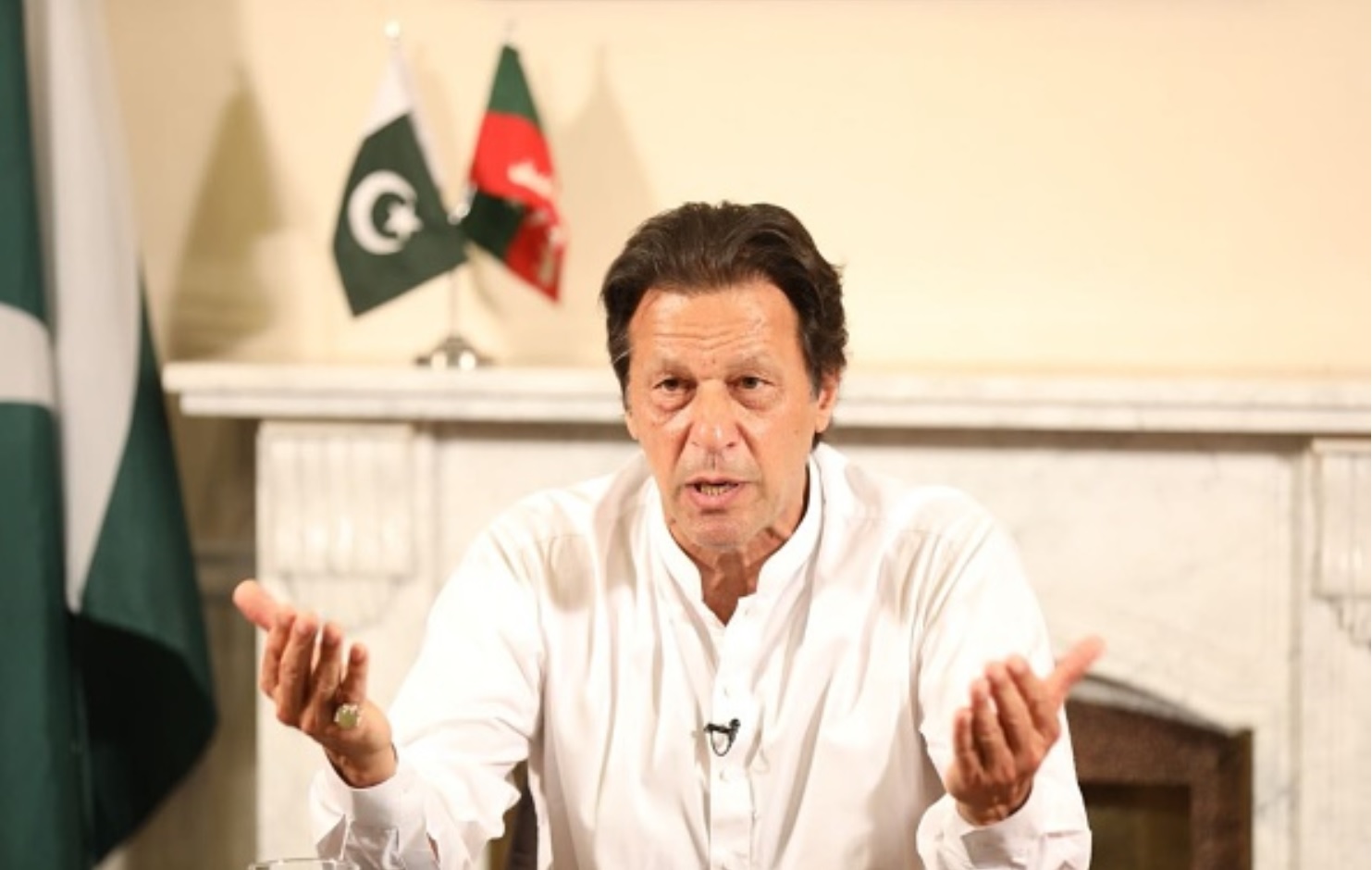
Pakistan’s Financial Fallout
A widening trade deficit and an external debt of around USD $92 billion, of which around one sixth is contributed by CPEC loans according to some estimates, has left Pakistan in a balance of payment crisis. Pakistan’s current account deficit rose to USD $16 billion in 2017-18 and in the coming fiscal year, Pakistan is planning to borrow an additional USD $13 billion, which is 63 percent more than the previous year. With the initiation of the CPEC mid-term projects (to be completed by 2025) and long-term plan (to be completed by 2030), it is estimated that the cost of CPEC will increase to USD $100 billion. Consequently, Pakistan will likely have to repay an even larger amount to China, further worsening the Pakistani economy.
[Imran Khan]’s approach towards CPEC has gradually softened and he is likely to support the project in the coming days…However, an empty treasury, outstanding debt, and a lack of transparency will emerge as major setbacks for the new government.
Currently, Pakistan’s capacity for debt-financing is extremely low. Even though Chinese financial support of USD $3 billion at commercial rates has provided temporary relief to Pakistan in stabilizing its foreign exchange reserves, it may soon need an International Monetary Fund (IMF) bailout package for its economy to stay afloat. However, turning to the IMF at this juncture may prove to be tricky for China, as Pakistan will be forced to fall in line with IMF’s austerity measures following a bailout. This would mean less state spending and more transparency on CPEC projects. As these are largely funded by concessional loans from China, the Chinese government may be reticent to allow this to happen. It may instead allow Pakistan to borrow more from Chinese state banks, incurring even more debt for Pakistan.
Conclusion
CPEC projects are likely to be delayed if the financial hurdles are not cleared. Unless there is more transparency, it is hard to predict to what extent CPEC is going to impact Pakistan’s economy and whether these infrastructure and connectivity projects will be useful for long-term economic development.
Imran Khan, who is most likely to be Pakistan’s next prime minister, will have to grapple not only with the CPEC issue but also Pakistan’s broader financial problems soon. His approach towards CPEC has gradually softened and he is likely to support the project in the coming days. However, an empty treasury, outstanding debt, and a lack of transparency will emerge as major setbacks for the new government, which rallied against corruption and lack of accountability in the previous regime. Hence, the onus is on this new government to introduce more transparency into CPEC projects, with the ultimate goal of rehabilitating Pakistan’s financial situation.
***
Image 1: Moign Khwaja via Flickr
Image 2: Aamir Qureshi/AFP via Getty Images
